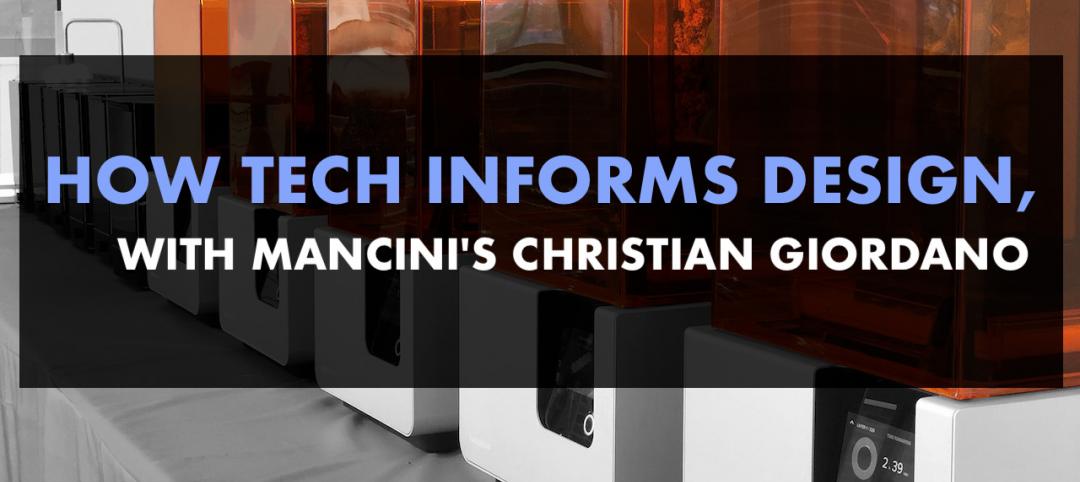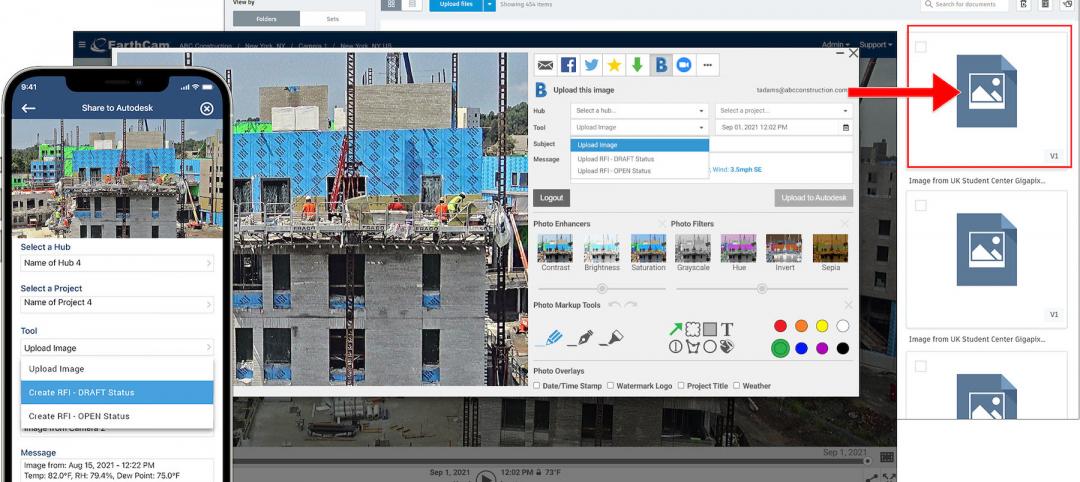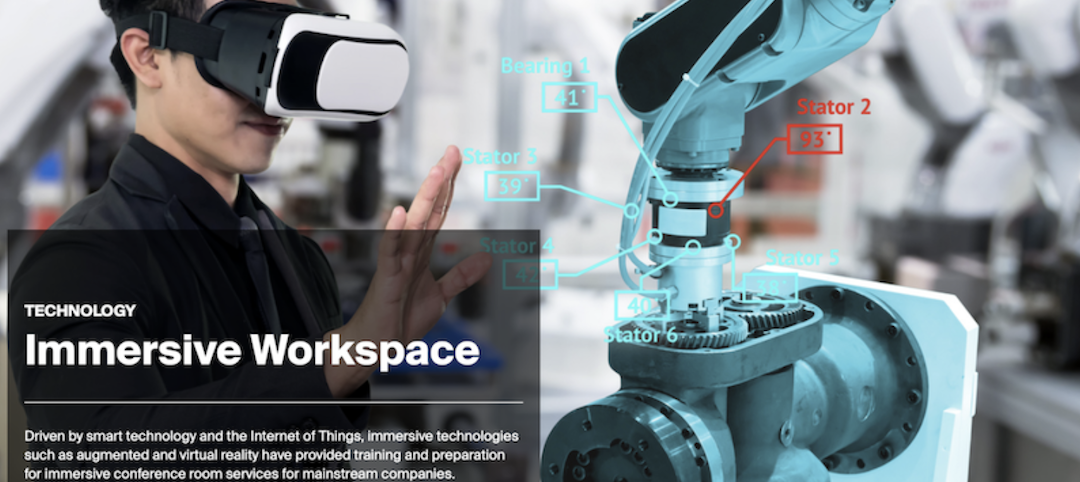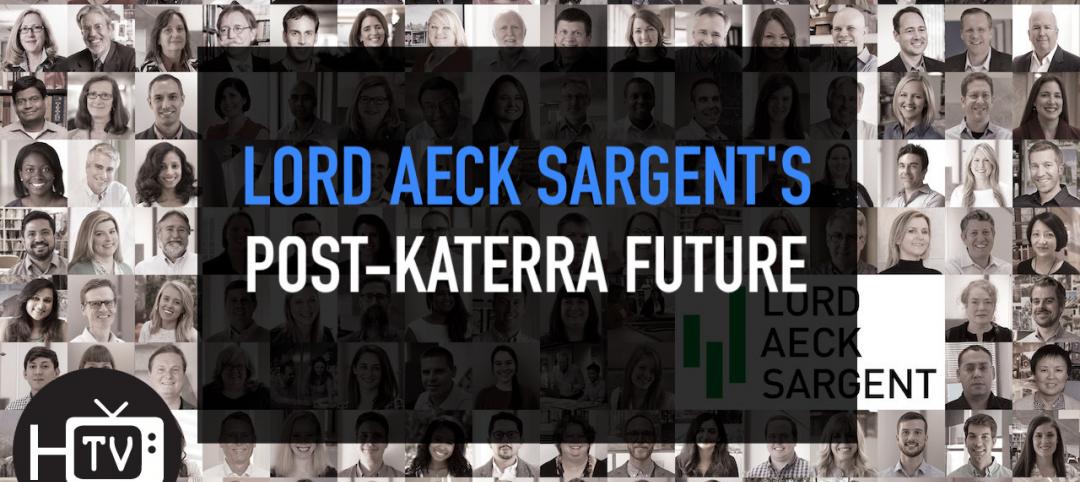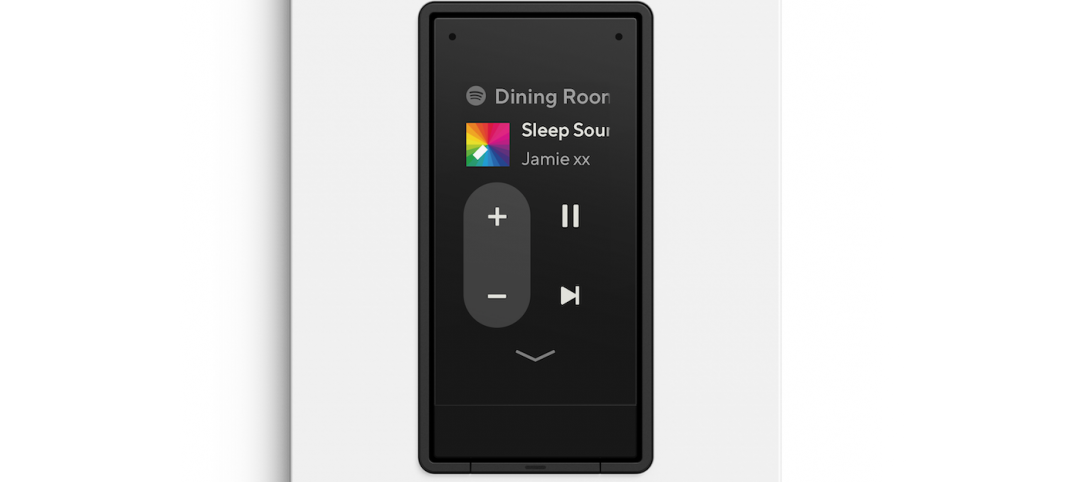For centuries, the AEC industry has clung to traditional methods and legacy processes—seated patterns that have bred resistance to change. This has made the adoption of new technologies a slow and hesitant process. Risk aversion, the industry's fragmented nature, regulatory inefficiencies, and a lack of standardization have contributed to the slow digital transformation as well.
However, increasing awareness of the benefits of digital transformation is gradually shifting AEC towards modernization. Industry professionals are realizing the impact of technology on their sector's ability to thrive in a rapidly evolving environment, promising a brighter and more tech-driven future for the field.
Why is Digitalization Accelerating Now?
The shift we’re talking about didn’t happen overnight though. Old habits die hard, especially when tradition reigns supreme. However, new trends began to disrupt the status quo, spurred by the urgent need for greater efficiency and reduced costs.
Paper-based processes, plagued by inefficiencies, led to delays, cost overruns, and quality issues too often. The industry needed a change, technology offered the solution. And the four factors below accelerated the adoption:
1. Technology Providers
The landscape of AEC-specific technology has evolved significantly in the past five years.
The adoption of software has surged, with Building Information Modeling (BIM) becoming a standard. Cloud-based construction project software is now the norm, and mobile apps have become indispensable for construction project management. Drones and aerial imaging are widely used for site inspections, surveying, and progress monitoring.
This transformation is largely due to companies specializing in construction software actively developing and marketing tools tailored to the industry.
Key tools like Procore, Autodesk, and Fieldwire have made innovation a norm. New powerful players like Fluix and Raken have entered the market, introducing competition and often focusing on specific niches, like safety inspections or daily field reporting or procurement management.

2. Industry Leaders
Forward-thinking construction companies and industry associations have recognized the potential of digital tools and processes. Related media consistently feature well-known names and major construction companies leveraging technology to improve their operations:
- Turner Construction uses data analytics to optimize construction processes and make data-driven decisions.
- Skanska employs Virtual Design and Construction (VDC) to create 3D models of their projects for better visualization and clash detection.
- Bechtel employs augmented reality (AR) to assist on-site work, overlaying digital information onto physical construction sites.
- AECOM invests in digital twin technology to create virtual replicas of physical infrastructure projects.
- Mortenson Construction embraces integrated project delivery (IPD) and lean construction methods to enhance collaboration and communication among project stakeholders.
The list goes on. These adoptions have set examples, and served as a roadmap for other companies in the industry to follow and embark on their digital transformation journeys.
3. Government Initiatives
Governments worldwide recognized the potential of digital transformation in the AEC industry. They began promoting the adoption of BIM and other digital tools to enhance infrastructure planning and development.
This promotion comes from understanding that digitally smart countries can attract international investment and be more competitive in the global marketplace, creating jobs and strengthening economics.
For instance, the U.S. established the National BIM Standard-United States (NBIMS-US) to promote BIM adoption, while various states enacted the Digital Signatures and Records Act to ease electronic document submission and storage. Other countries have also launched similar initiatives to enhance construction efficiency and productivity through digital technology adoption. Think of the BIM Level 2 Mandate and Construction Strategy 2025 in the UK, Building and Construction Authority (BCA) and Smart Nation Initiative in Singapore, National BIM Mandate in Australia, the EU's BIM Task Group and Level(s) initiatives and many more.

4. Sustainability Imperative
The growing demand for sustainability is the last but not the least factor punching companies to go more digital. With increased public awareness of environmental concerns, the AEC sector is under pressure to reduce the industry's carbon footprint and adopt more eco-friendly practices.
And digital transformation enables us to design such practices, helping construct buildings and infrastructure with greater energy efficiency, lower emissions, and sustainable materials.
Through tools like BIM, advanced simulations, and data analytics, the industry can optimize designs for energy consumption, waste reduction, and overall sustainability. New regulations, activism, and client demands for environmentally responsible projects further push AEC firms to adopt digital technologies for greener and more sustainable construction practices. This makes sustainability a significant driver in the digital transformation journey especially when it comes to big companies with the reputation at stake.
Last Word
As you see, the surge of digital transformation in the AEC industry is influenced by a variety of factors. While traditional practices have deep historical roots, new trends and behaviors contribute to the digital acceleration. The AEC sector is gradually evolving towards a more sustainable, tech-driven future, in response to the changing business landscape and public demand.
This is the first article in a three-part series on digital transformation. Click here to read part two: 4 ways AEC firms can benefit from digital transformation
Related Stories
Designers / Specifiers / Landscape Architects | Nov 16, 2021
‘Desire paths’ and college campus design
If a campus is not as efficient as it could be, end users will use their feet to let designers know about it.
AEC Tech | Oct 25, 2021
Token Future: Will NFTs revolutionize the design industry?
How could non-fungible tokens (NFTs) change the way we value design? Woods Bagot architect Jet Geaghan weighs risk vs. reward in six compelling outcomes.
Sponsored | BD+C University Course | Oct 15, 2021
7 game-changing trends in structural engineering
Here are seven key areas where innovation in structural engineering is driving evolution.
AEC Tech Innovation | Oct 7, 2021
How tech informs design: A conversation with Mancini's Christian Giordano
Mancini's growth strategy includes developing tech tools that help clients appreciate its work.
AEC Tech | Oct 5, 2021
EarthCam Builds On its Connectivity with Autodesk Construction Cloud
Premiering new visual verification features for Autodesk Build and BIM 360
AEC Tech | Sep 21, 2021
A new webtool follows ConTech from incubation to application and beyond
MIT and JLL have created Tech Tracker to help real estate professionals see what’s hot now and what might be.
Architects | Aug 5, 2021
Lord Aeck Sargent's post-Katerra future, with LAS President Joe Greco
After three years under the ownership of Katerra, which closed its North American operations last May, the architecture firm Lord Aeck Sargent is re-establishing itself as an independent company, with an eye toward strengthening its eight practices and regional presence in the U.S.
Architects | Aug 5, 2021
Lord Aeck Sargent's post-Katerra future, with LAS President Joe Greco
After three years under the ownership of Katerra, which closed its North American operations last May, the architecture firm Lord Aeck Sargent is re-establishing itself as an independent company, with an eye toward strengthening its eight practices and regional presence in the U.S.
AEC Tech | Jul 14, 2021
Bjarke Ingels Group and UNStudio invest in SpaceForm, a virtual workspace for architects
Squint/Opera developed the platform in 2018.
AEC Tech | Jun 30, 2021
Orro Launches New Integration with Sonos, Providing Seamless In-Wall Control for Sonos Speakers
With the new integration, customers can use the dynamic display on Orro’s smart light switches to control their favorite audio content on their Sonos speakers.






